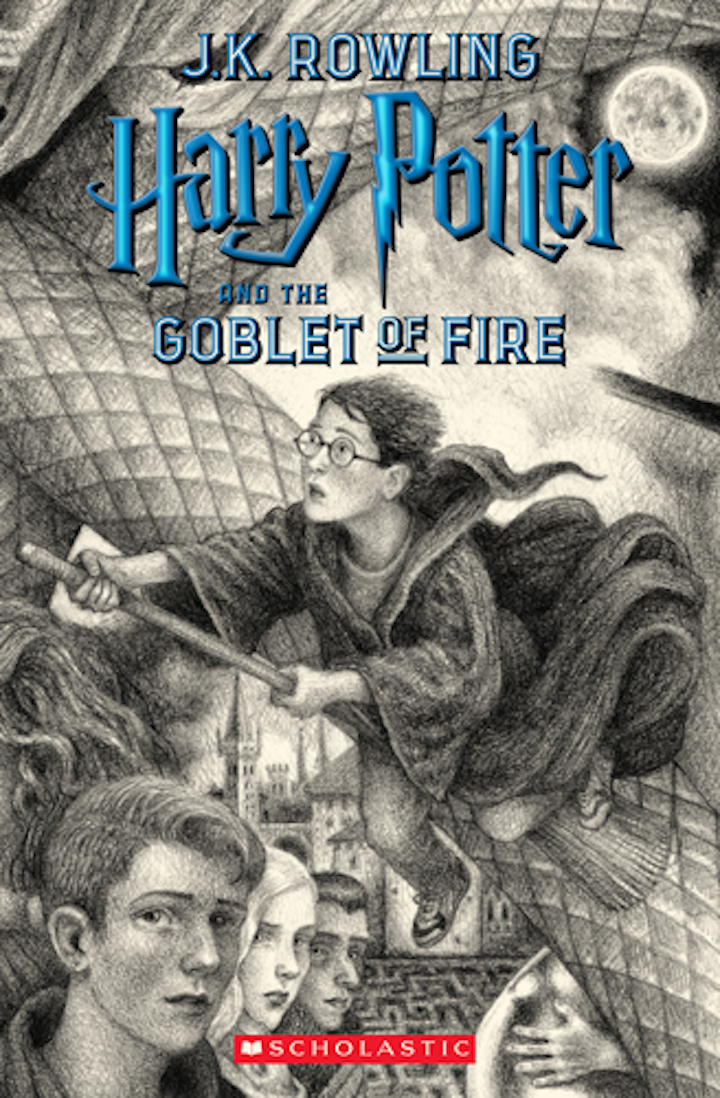
Harry Potter And The Prisoner Of Azkaban Book Cover
Rowling's father was an aircraft engineer and her mother was a science technician. She was the first of two children and has said that she was a very unhappy teen: her mother suffered from multiple sclerosis and her relationship with her father was strained.
‘Prisoner of Azkaban’ cover art Harry Potter and the Prisoner of Azkaban was first published in 1999. Harry Potter: Prisoner of Azkaban book covers are packed with Easter eggs casaruraldavina.com It was first published in Because they spent so much time there, Jo called themselves its godmothers. Harry Potter is lucky to reach the age of thirteen, since he has already survived the murderous attacks of the feared Dark Lord on more than one occasion.
She graduated from the University of Exeter in 1986 and then worked as a researcher and a secretary in London. She conceived of the first Harry Potter book in 1990 and began to write immediately. Rowling's mother died in December of that year, and Rowling channeled much of her grief into the novel. Over the next few years, Rowling married, had her first daughter, divorced, and signed up for welfare benefits. She finished Harry Potter and the Philosopher's Stone in 1995 and after its publication in 1997, Rowling began her rise to fame.
The proceeds from the U.S. Auction for the publishing rights allowed Rowling to buy a flat in Edinburgh and over the next ten years, Rowling wrote and published the next six books in the series. She also remarried in 2001 and had two more children. In 2004 she became the first billionaire to make her fortune writing books, though her donations to charity mean that she's since lost her billionaire status.
She published several crime novels under the pen name Robert Galbraith and has written the screenplays for the films in the Fantastic Beasts franchise. Rowling's fan site Pottermore, she's stated that Lupin's werewolfism is a metaphor for 'illnesses that carry a stigma,' especially those like HIV/AIDS. Lupin faces prejudice and discrimination in similar ways to those that HIV-positive people have experienced since the AIDS epidemic began in the 1980s; countries around the world enforce laws governing HIV-positive people's abilities to cross borders, receive healthcare, or keep jobs. However, in the years preceding the novel's release, the FDA approved the first protease inhibitor (a type of antiviral drug), released the first home testing kit, and approved a combination retroviral drug, all of which improved quality of life and increased life expectancy for HIV-positive people. The Wolfsbane Potion, which Lupin explains is a relatively recent invention, mirrors these medical gains. In addition to the original seven novels in the Harry Potter series, Rowling has written several other works that fit into the same world. These include the supplemental text Fantastic Beasts and Where to Find Them, a book on Harry's first-year booklist, as well as the stage play The Cursed Child, which sees Harry's son also experiment with time travel and the consequences of changing time.
Rowling's work is often compared with that of J.R.R. Tolkien (; The Lord of the Rings) and of C.S.
Lewis ( and the rest of the Chronicles of Narnia series). Rowling has cited the work of Jane Austen (and the novel in particular) as a major influence on her own writing, as well as the work of author and activist Jessica Mitford ( Hons and Rebels).
Key Facts about Harry Potter and the Prisoner of Azkaban. Full Title: Harry Potter and the Prisoner of Azkaban. When Written: 1998.
Where Written: Edinburgh, Scotland. When Published: 1999. Disney emoji blitz hacks. Literary Period: Contemporary. Genre: Young Adult Fiction; Fantasy. Setting: Hogwarts. Climax: Harry conjures his Patronus, saving himself, Hermione, and Sirius. Antagonist: Sirius Black appears to be the antagonist for much of the novel.

When it becomes clear he's not, the antagonist becomes Peter Pettigrew and the justice system more broadly. Point of View: Third-person limited. Rats and Cats and Owls, Oh My! For the film adaptation of Prisoner of Azkaban, many of the animals (aside from Sirius's dog form) were played by real animal actors.
Hedwig was played by a single owl; Crookshanks by two cats; and Scabbers by four live rats and one animatronic one.Giving Back. Rowling's experience as an extremely poor single parent has greatly informed her charitable giving since making her fortune with Harry Potter. She's donated to Gingerbread and Comic Relief, and established the Volant Charitable Trust in 2000, all of which help children and low-income families.
Rowling has also been vocal about preserving the British welfare system and remaining in the country as a taxpayer, given that she owes her current success to the help she once received.